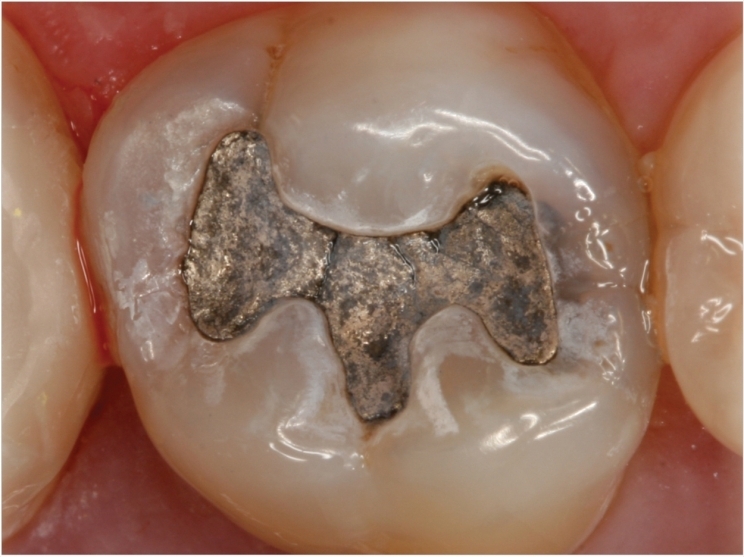
As of July 1, dentists in the European Union may not use dental amalgam to treat pregnant or breastfeeding women, children under the age of 15, or deciduous teeth except when deemed strictly necessary based on the patient’s medical needs. Because of the publicity surrounding these restrictions, the Dental Defence Union (DDU) is cautioning dental professionals in England that patients may ask them to remove their amalgam fillings.
“More than 80% of the population has at least one filling, so it’s likely that mercury amalgam will be present in the mouths of most people. The material has been used effectively for more than 150 years, and the new restrictions do not mean amalgam fillings need to be replaced,” said David Lauder, DDU’s dento-legal adviser.
“Fortunately, there are modern alternatives to dental amalgam readily available, but dentists need to consider if replacing the old fillings would be in the patient’s best interests. As the process of drilling out an old amalgam filling releases more mercury vapor than leaving the filling in situ, it may be difficult to argue that the benefits outweigh the risks, unless the filling is already compromised,” said Lauder.
“In addition, it is possible that the treatment could itself cause trauma to the tooth and inflame the pulp, leading to pain and the possible need for further treatment or extraction. This in turn could lead to the patient making a complaint or claim for compensation,” Lauder said.
“Dentists should try to reassure the patient about the long-term safety of dental amalgam and the risks involved in replacing fillings before making a detailed note of these discussions in the dental records. If necessary, recommend the patient seeks a second opinion,” Lauder said. “All treatment should be in the patient’s best interest and in line with current accepted practice and teaching as would be supported by a reasonable body of dental opinion.”
European Union Regulation 2017/852 includes additional provisions regarding the use and disposal of mercury. Beginning January 1, 2019, dental amalgam may only be used in pre-dosed encapsulated form. Also beginning January 1, 2019, all dental facilities must be equipped with an amalgam separator, and by January 1, 2021, all separators installed since January 2018 must retain at least 95% of amalgam particles.
Since January 1, 2018, dental practices now must ensure that their amalgam waste, including amalgam residue, particles and fillings, and teeth or parts of teeth contaminated by dental amalgam is handled and collected by an authorized waste management establishment. National Health Service England believes that most practices in England already accommodate these provisions.
Related Articles
Berlin Declaration Shows Amalgam Has Entered Its Twilight Era
What Every Dentist Needs to Know About the New Amalgam Regulations
Europe Votes to Phase Out Mercury in Dental Amalgam











